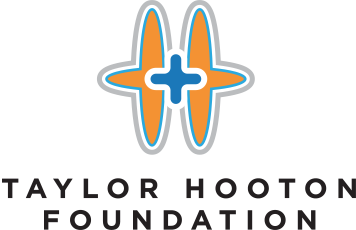Visitors will not be surprised to learn that we will be extremely disappointed if the State of Texas discontinues this nation’s largest high school steroid testing program. Critics of the program point to the low number of positive tests as an indication that there is no steroid problem in Texas high schools – nothing could be further from the truth. First, the program was never designed to “find out how many kids are using steroids.” The program was designed to be a deterrent – to provide a reason for our kids to say no when tempted to use these dangerous drugs. Let me offer an analogy:  How about the analogy of an inner city school that had a gun violence problem and they put up metal detectors at every door around the school. A year went by and the violence problem had gone away. Would any reasonable school administrator come to a conclusion that it’s time to take the metal detectors down?  Well, of course not!  Because the problem is going to come right back. We strongly believe that this is exactly akin to what’s happening here. Don
By MATT WIXON / The Dallas Morning News
Two years ago, steroid testing of high school athletes was just beginning in Texas. On Tuesday, after the program produced 19 positive tests out of more than 45,000 samples, the Texas Education Agency proposed that testing be eliminated after this school year.
“I’m surprised because there was such a big push for it,” said Frisco Centennial football coach Mark Howard. “Testing is not just a scare tactic. It’s to bring to light what some kids could be doing and then getting them help.”
Eliminating testing would cut $1 million from the budget. In the proposal, the TEA says that potentially more effective drug-prevention efforts can be facilitated through the agency and the University Interscholastic League, which has a steroid education program.
But education isn’t enough, said Don Hooton of Plano, who oversees the Taylor Hooton Foundation to raise awareness about the effects of performance-enhancing drugs.
“I’m disappointed because we’re losing a very important deterrent for the kids,” Hooton said. “We have been very disappointed that there are some in the state that have read the results of the testing as a determination that there’s not a steroid problem among the kids.
“That’s a gross misreading of the results.”
Of the 45,193 athletes tested during the first two years of screening, only 19 tested positive. Three test results were unresolved, and there were 137 “protocol positives,” which includes athletes who had unexcused absences or refused to be tested.
To some, the low number of positive results showed that the testing was a deterrent. Others said the results indicated that there wasn’t a significant steroid problem.
The state Legislature originally allotted $6 million to test student athletes for steroids during the 2007-08 and 2008-09 school years, making Texas one of only three states to do such testing. In May, lawmakers slashed funding to $1 million for the 2009-10 and 2010-11 school years.
“I hate losing one of our weapons,” Hooton said of the TEA’s proposal to cut testing.
Howard said he would stop short of calling steroids a “problem.” But he added that he thought testing was a deterrent.
“There are always going to be kids who try it because they think it’s going to give them an edge,” he said. “Our job is to tell them otherwise.”
February 19, 2010
Texas: Budget Cuts Threaten to End Steroid Testing in High Schools
